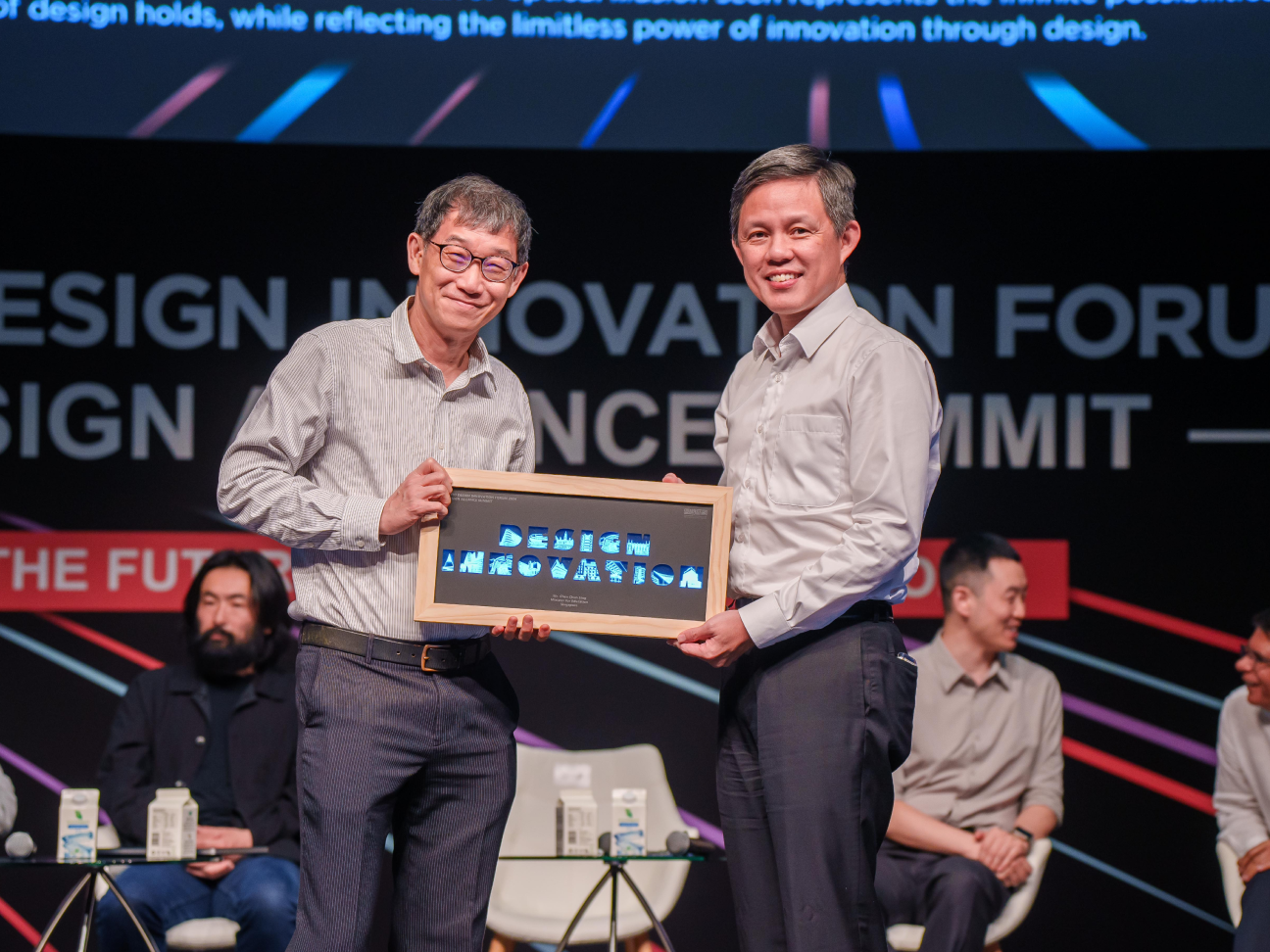Research news

SUTD Researchers Create Heart Cells from Stem Cells using 3D Printing
Researchers 3D printed a micro-scaled physical device to demonstrate a new level of control in the directed differentiation of stem cells, enhancing the production of cardiomyocytes.

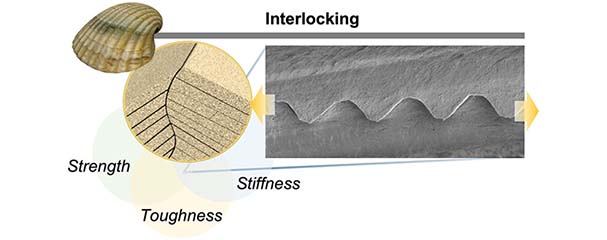
New material mimics strength, toughness of mother of pearl
Scientists create a stronger, tougher nacre mimic for sustainable medical materials.

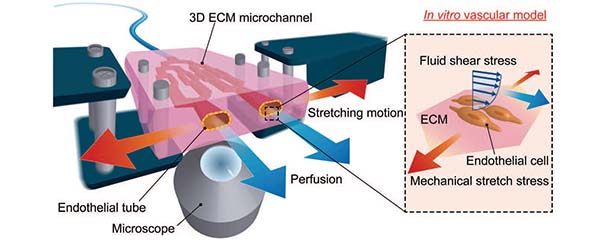
Novel and Simple Method to Engineer a Platform Mimicking Blood Vessels
SUTD collaborated with Keio University to design and fabricate a versatile platform to replicate the pulsatile blood flow in blood vessels.

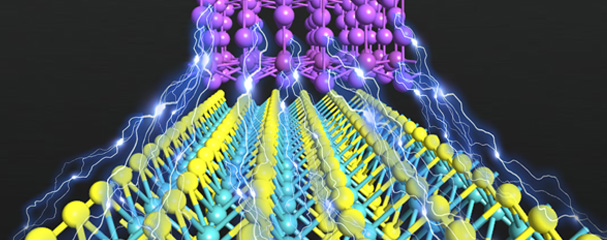
Boosting Energy Efficiency of 2D Material Electronics using Topological Semimetal
SUTD researchers discover a new way to boost the energy efficiency of 2D semiconductor electronics by synergizing 2D materials and topological semimetals.

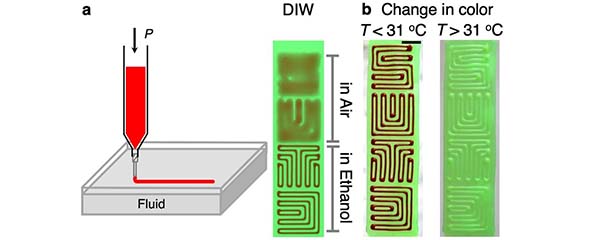
SUTD developed a simple method to print planar microstructures of polysiloxane
EIW enables direct writing of polysiloxane which helps in the fabrication of microfluidic devices, flexible wearables, and soft actuators.

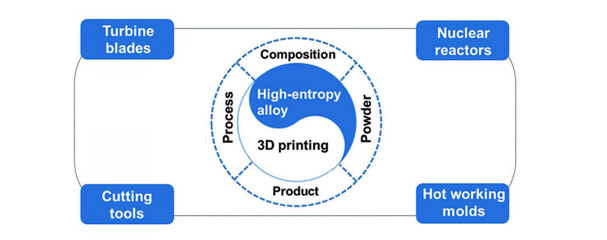
Researchers Review Advances in 3D Printing of High-Entropy Alloys
SUTD collaborates with universities to shine light on HEA manufacturing processes and inspire further research.


SUTD Scientists Led Development of Novel Acoustofluidic Technology that Isolates Submicron Particles in Nanocavities
This novel acoustofluidic device provides a promising solution for sorting and size-selective capture of nanoscale objects that requires patterning into discrete traps at the single-particle level.

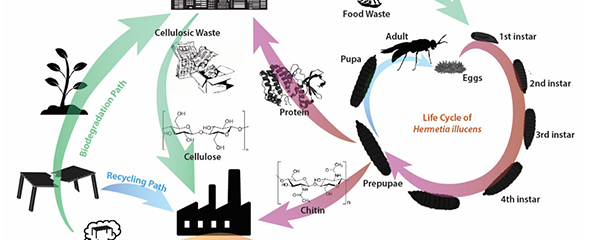
SUTD develops missing link to circular economy while tackling global waste
Researchers from SUTD have developed a process that allows for the production and degradation of almost any object within a circular economy using additive manufacturing and urban waste, the largest by-product of civilization.


SUTD develops revolutionary reversible 4D printing with research collaborators
Researchers from SUTD worked with NTU to revolutionise 4D printing by making a 3D fabricated material change its shape and back again repeatedly without electrical components.

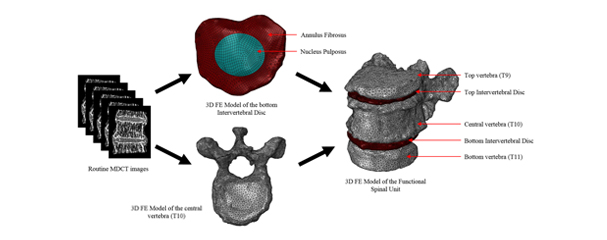
SUTD and collaborators developed novel methodology to predict spinal fractures in patients
The research introduced a semi-automatic computational clinical tool that aims to extract structural information, such as failure load, from radiological scans of patients using functional spinal units.




